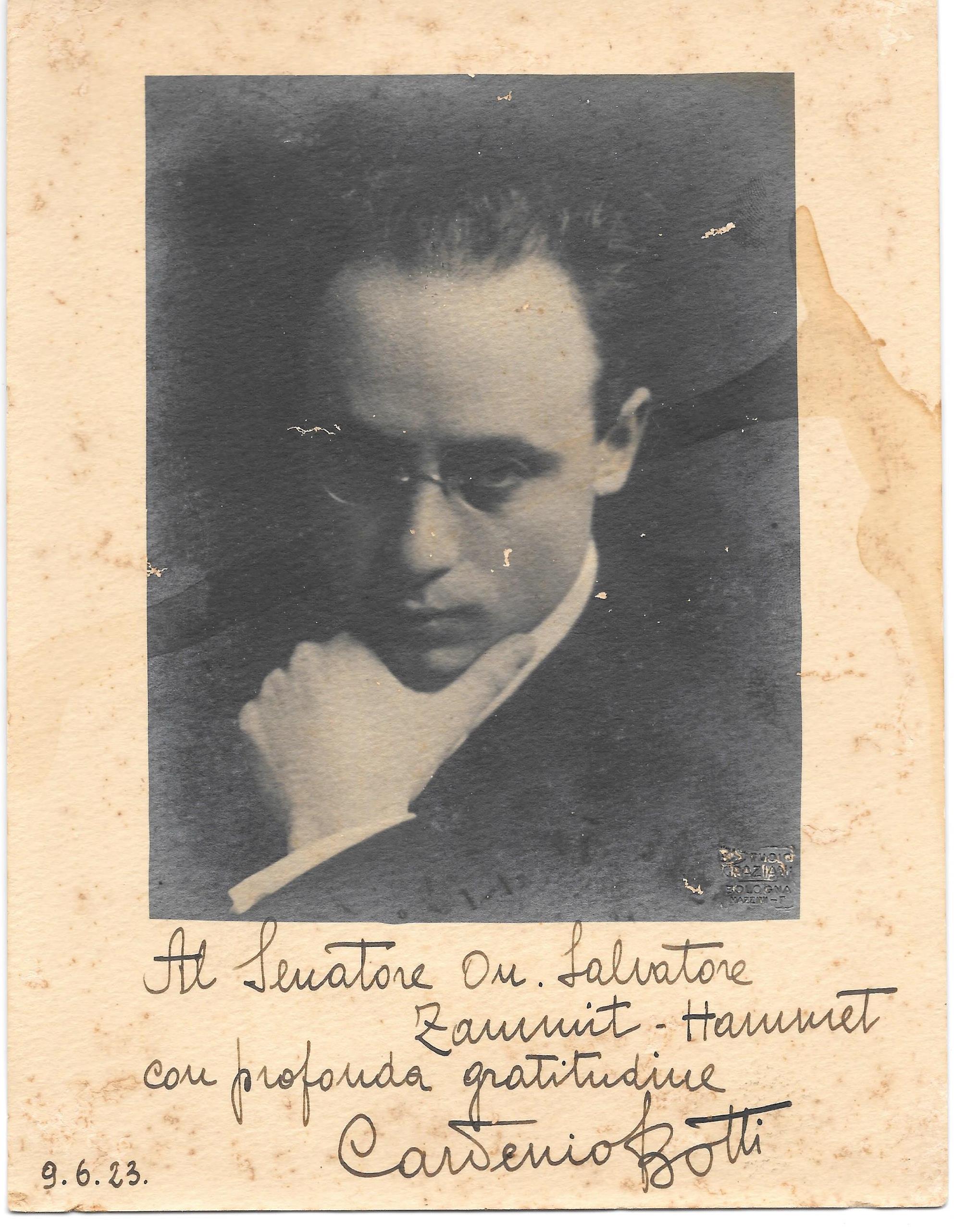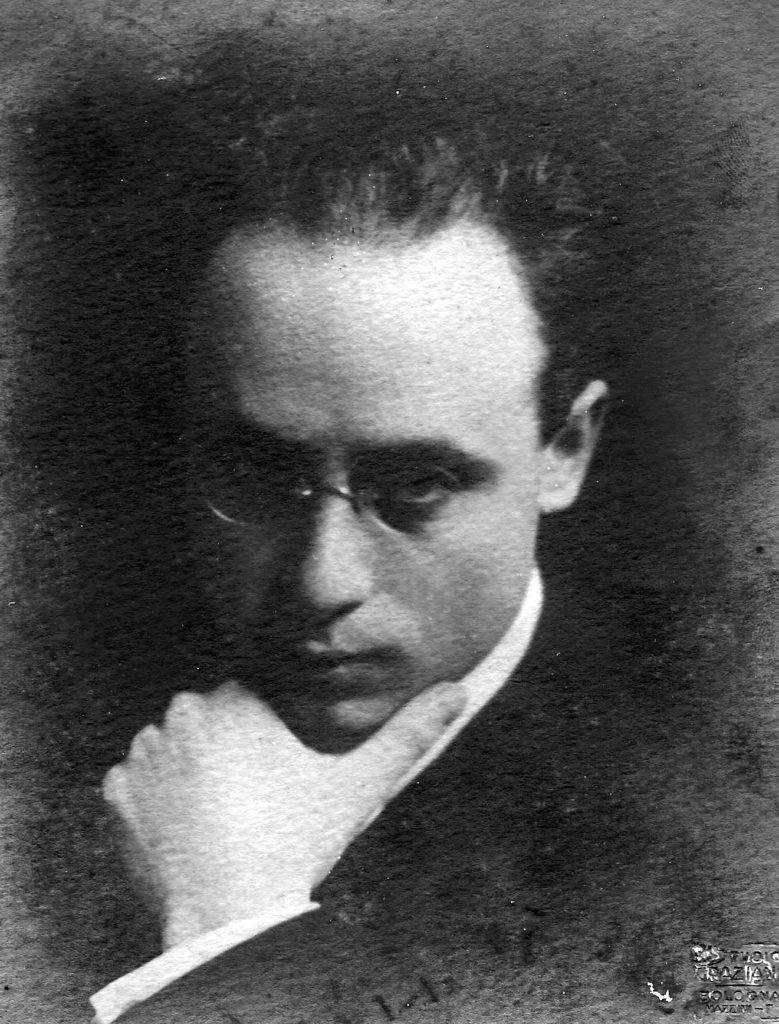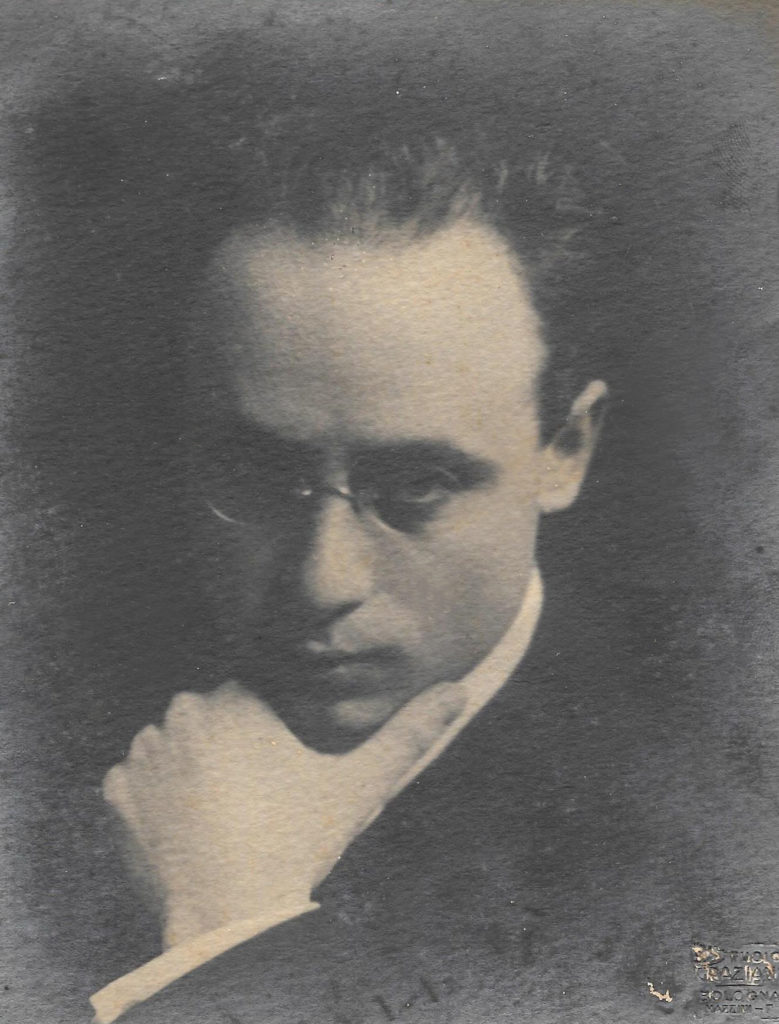Cardenio Botti (1890–1973): A Life in Music and Cultural Exchange
Early Life and Education
Cardenio Botti was born on 14 December 1890 in the historic town of Magliano Sabina, located in the Lazio region of central Italy. Raised in a family with artistic inclinations, he demonstrated early musical promise and pursued formal training at the prestigious Santa Cecilia Conservatoire in Rome, one of the foremost institutions for music education in Italy. There, Botti honed his skills in composition, conducting, and organ, developing a lifelong affinity for sacred and orchestral music.
Musical Career in Italy
Following his graduation, Botti embarked on a career as a composer, conductor, and later impresario. His early compositions included symphonic works, operatic scenes, and religious music, reflecting the influence of late Romanticism and the Italian sacred tradition.
Throughout the 1920s and 1930s, Botti held directorial and administrative roles in several Italian opera houses, eventually rising to prominent posts such as director of the Teatro Massimo in Palermo and Teatro Carlo Felice in Genoa. These roles placed him at the centre of Italy’s operatic life during a period of political upheaval and cultural transformation.
Botti later became a central figure in the Italian national coordination body for opera houses, facilitating collaboration among major institutions and supporting government-endorsed international tours.
Work in Malta
Botti’s international career began to flourish in the 1920s. In 1923, he was active in Malta, a British Crown Colony with a rich band and opera tradition. He served as musical director of the Società Filarmonica Nazionale La Valette, one of the most prestigious philharmonic societies in Valletta. His association with La Valette was marked by the composition of several beloved band marches, the most famous of which is the “Marcia San Paolo”, still performed in village festas and ceremonial processions to this day.
His time in Malta is documented through a small number of surviving photographs and autographs. In one such photograph dated 1923, Botti personally dedicates his portrait to Salvatore Zammit-Hammet, a key figure in Maltese musical circles.
Botti’s presence in Malta reflected a wider cultural movement: the importation of continental musical expertise to serve British colonial societies with rich musical appetites but limited local conservatory infrastructure. His role in Malta was formative for both parties, enriching local band traditions and allowing Botti to develop a taste for international cultural engagement.
O.P.E.R.A. and the Irish Connection
In the post-war period, Botti’s career entered its most internationally influential phase. During the early 1950s, he became closely associated with O.P.E.R.A., a cultural agency operating from Rome that promoted Italian opera across Europe. Botti, either the founder or principal manager of the agency, worked tirelessly to export Italian vocal and stage talent abroad, especially to English-speaking countries with established amateur and semi-professional opera societies.
From 1950 to 1953, Botti was a leading figure in organising Italian opera seasons in Dublin, Ireland. He collaborated extensively with the Dublin Grand Opera Society (DGOS), providing them with singers, conductors, set designers, and full-scale productions from Italy. His professionalism, fairness, and integrity won him admiration in Irish artistic circles. More than simply a supplier of artists, Botti acted as a cultural diplomat — ensuring that each visiting artist arrived fully prepared and that performances maintained high standards despite modest budgets.
He was particularly known for bringing rising young Italian singers to Irish audiences, some of whom would go on to major international careers. His efforts significantly raised the standard and ambition of opera production in post-war Dublin, allowing audiences to experience authentic Italian opera at a time when such productions were rare outside the UK’s major cities.
Musical Style and Compositions
Though not as prolific or widely published as his contemporaries, Botti composed a number of distinctive pieces that remain in circulation, especially in Italy and Malta. His best-known work is the “Elegia in Mi minore” (Elegy in E minor) for violin and organ, a melancholic, lyrical piece often performed at funerals or commemorative services. This work exemplifies his affinity for sacred timbres, harmonic warmth, and emotional restraint.
Other works include ceremonial marches, orchestral intermezzi, and vocal pieces, often created for specific occasions or ensembles under his direction. While his output was not vast, it was tailored, heartfelt, and reflective of the dual traditions of Italian opera and Catholic liturgical music.
Reputation and Legacy
Cardenio Botti died on 28 June 1973, at the age of 82, in his hometown of Magliano Sabina, completing a full circle of life that had spanned continents, cultures, and artistic movements.
His legacy is threefold:
-
As a Composer: His small but enduring body of compositions continues to be performed, especially in Malta, where his marches are considered cultural treasures.
-
As a Conductor and Cultural Broker: Botti’s role in transmitting Italian opera to mid-century Ireland and strengthening post-war cultural diplomacy remains significant in the annals of Irish operatic history.
-
As a Band Director and Educator: His influence on Maltese philharmonic societies helped shape a generation of musicians and audiences in a nation with a profound musical heritage.
Botti’s work has been revisited in recent years through research initiatives, such as those published by Opera in Ireland, University of Malta, and dedicated history websites like olddays.co.uk. Archival recordings and editions of his music are available through European classical distributors such as Muziekweb and Presto Music.
Selected Works
| Title | Type | Instrumentation | Notable Performances |
|---|---|---|---|
| Elegia in Mi minore | Elegy | Violin & Organ | Recorded by Roberto Noferini (violin) |
| Marcia San Paolo | March | Brass Band | Still performed annually in Valletta |
| Inno alla Bandiera | Hymn | Voice & Piano | Composed for ceremonial occasions |
| Intermezzo Sacro | Orchestral | Orchestra | Unpublished manuscript (Rome archives) |
Further Reading and Listening
Regarding This Archive
Cardenio Botti was in Malta in 1923. He knew Salvatore Zammit-Hammet “very well” to whom Cardenio signed this photograph on the 9th June 1923. The image formed part of Mr. Hammet’s estate and was sold to me in July 2009. The person who acquired it from Mr. Hammet’s family informed me that she is “familiar with Botti’s signature and verified it with one on the Sliema Band Club website”. The signed photograph is below along with a ‘cleaned’ digital version.



